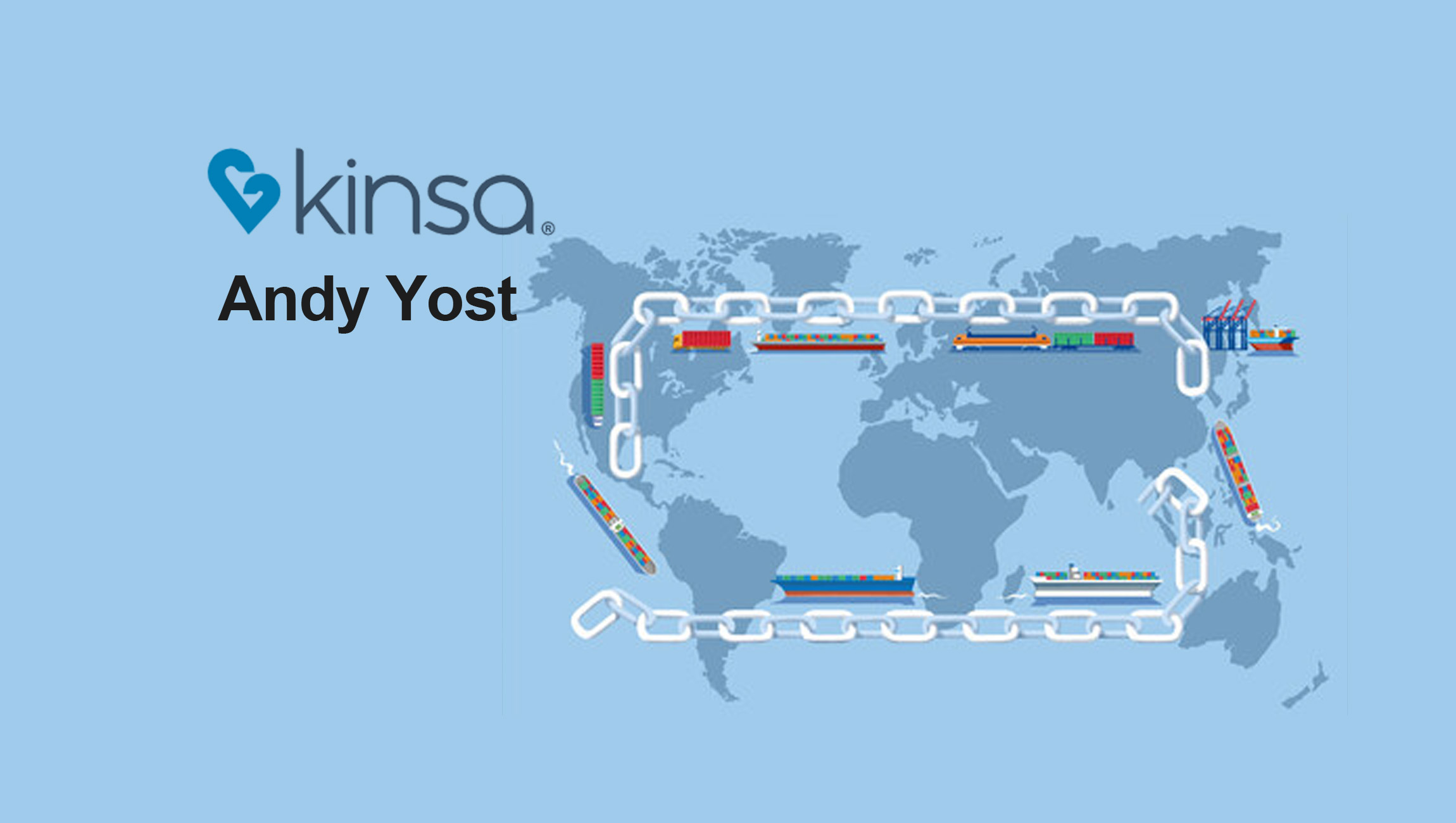How marketers can leverage data to overcome supply chain issues
The pandemic changed everything. How we work, attend school, meet people, and, of course, how we buy things. Suddenly, every consumer wanted curbside pick-ups, or online purchases delivered right to their homes. As if the disruption of how we shop wasn’t enough, supply chains buckled, causing out-of-stocks across industries, many of which continue to this day. Now, nearing two years since the first COVID-19 case was reported, organizations are learning to live with the new normal, but what can brands and, more specifically, marketers do to overcome these supply chain woes? In March 2021, the leading CPG trade group, The Consumer Brands Association, released a study after analyzing the effect of the pandemic on CPG companies. They recommended that these organizations begin developing resilient supply networks with an underpinning of technology and data.
Marketing Technology News: 4 Tips to Nail Marketing Automation
Try as they might, marketing professionals won’t impact the actual supply chains, so it falls to us to be efficient and nimble in these strange times. Now, more than ever, marketers need to leverage targeted, customer-centric marketing tactics driven by data and advanced analytics to link supply and demand without wasting precious resources. But that’s only one prong of the tactic. When this data is used cross-functionally — across marketing, logistics and sales — organizations can rise above the issues created by the supply chain crisis. If done correctly, an organization can increase incremental sales, find additional product demand and efficiently deploy their limited inventories.
There’s no limit to the types of targeting an organization can accomplish in today’s data-driven world, where simply targeting buyer profiles is no longer enough. Marketers need to be sure that the buyer profile also demands the product at the right time. Organizations can (and should) marry the proper types of data to accomplish this. It requires a deft eye to understand which works best for your company, but there are some broad categories and attributes to look for when trying to find the correct data.
First, efficient marketers need to find data that is hyper-local. National trends are undoubtedly significant in any industry, but the more locally you can see those trends, the better — ideally, sub-zip-code level. Data with this level of granularity allows marketers to target customers in a specific region and can also help efficiently move stock to where it is needed most.
The next category of data that marketers need to use is demographic data. Similar to hyperlocal data, the more specific the understanding of the customer and potential customer, the better. Knowledge of who in a market needs your product is just as important as knowing in which market you need to sell.
The final category is demand data. This data type can vary significantly by industry, but it is the most important. Every product has at least one indicator of demand— whether it’s the number of new births indicating demand for baby formula or levels of illness predicting the need for cold medicine. When demand data has hyper-local resolution and is combined with demographic data, it becomes incredibly powerful for marketers developing campaigns, and the rest of the organization, to rise above supply chain issues and deliver customers what they need when and where they need it.
Marketing Technology News: 8 Smart Tips in Organizing And Hosting Successful B2B Webinars
Once this data is identified and collected, the real magic begins. The data can be used to create accurate demand-forecasting models which marketers can then use to target the right shopper at the right time, optimizing ad dollars. Knowing what drives demand, with whom, and in which locales unlocks the ability to develop strategic marketing campaigns.
For example, as an illness insights solutions provider, we work with companies whose products have illness-based demand. By using predictive demand forecasting — driven by a network of app-enabled smart thermometers that collect information completely anonymously — we predict where illness outbreaks will occur up to 20 weeks ahead of time. This forecast allows marketers to plan their ad-buying for the regions and demographics where consumers will need their products the most. In addition to driving 81% of incremental sales, Mucinex, one brand that utilizes Kinsa’s media optimization, saw an 80% increase in new-to-brand buyers.
It is not just marketers that can use these insights. When the insights are used cross-functionally, companies can allocate inventories based on demand to prevent out of stocks, set expectations with retail partners and ensure their loyal customers have what they need. For example, Mucinex identified more than $2M in additional product demand above the retailer forecast and saw a 50% reduction in forecasting error using Kinsa’s illness insights vs. retailer’s traditional illness data set.
By most experts’ estimates, the current supply chain crisis will not end soon. Even when it does, companies shouldn’t forget the lessons learned during the pandemic. By using data and advanced analytics, marketers can ensure every ad dollar spent goes where it is needed most. If data is implemented across teams within the organization, then they can optimize every aspect of their business and truly rise above this supply chain crisis. After all, according to the report from The Consumer Brands Association, “[d]ata is the lifeblood of shaping the future of knowing demand.”
Marketing Technology News: Shape Your Digital Future with Zero-Party Data











